For my first aesthetic exploration, I have chosen to explore the Retrofuturism aesthetic. Building upon the concept of futurism, retrofuturism has the distinction of showing retro styling and perspective at odds with a futuristic depiction, especially regarding technology and machinery. Visually, retrofuturism eschews the blocky form in favor of curves and contours, often featuring vibrant coloration. Peak retrofuturistic prevalence lasted from around the 1940s to the 1960s in the United States, though with the aesthetic drawing influence from Art Deco design – more specifically Streamline Moderne – much earlier examples of the retrofuturist aesthetic can be found. One such example of this is the 1933 Dymaxion Car, originally created by American architect Buckminster Fuller [1]. The Dymaxion Car was re-created more recently by English architect Norman Foster, as shown below [2].
The Dymaxion Car was a bold and aerodynamic concept, but ultimately accident-prone, especially regarding roll over. The commercial failure of the car illustrates a key concept of retrofuturism in that the vehicle, a 1933 prediction of the future of car design, is very different than the reality of car design we know today. The Dymaxion is aerodynamic and futuristic, but still noticeably retro or vintage compared to current vehicle designs in the year 2020.
Regarding architecture, some of the best examples of the retrofuturist aesthetic are the Theme Building at Los Angeles International Airport (LAX), and Shanghai’s Radisson hotel, both shown below as figures 3 and 4, respectively. Both buildings have prominent curvature within their design.
The fictional Skypad Apartments from the 1962 Hanna-Barbera cartoon The Jetsons exceptionally showcase the retrofuturistic aesthetic, as shown below. In 2020 we are now closer to the century-ahead predicted setting of the The Jetsons, 2062, than we are to the year of the cartoon’s creation, 1962. Architecture that could be considered retrofuturist is very similar to Populuxe and Googie architecture.
The retrofuturism aesthetic can even be attributed to movies, and it’s not always as idyllic as depictions of the Skypad Apartments from The Jetsons, as can be seen from a review of the 1985 Terry Gilliam film “Brazil” from Pauline Kael at The New Yorker magazine. She said of the film events: “Terry Gilliam presents a retro-futurist fantasy—a melancholy, joke-ridden view of the horribleness of where we are now and the worse horribleness of where we’re heading” [7].
As the years progressed, our vision of the future in the context of media and cinematography for whatever reason grew darker and more dystopian, leading to classic Sci-Fi depictions like The Terminator franchise and Snowpiercer. Despite this, generally the retrofuturism aesthetic is more optimistic and idealized, showing in vivid detail how the advancement of technology improves day to day life.
[1] Fuller, Richard Buckminster. U.S. Patent 2,101,057 filed October 18, 1933 and issued December 7, 1937.
[2] “The geometric efficiency of Buckminster Fuller”. bosch.com.uy. Accessed January 18, 2020, from https://bosch.com.uy/blogPosts/view/114/la_eficiencia_geometrica_de_buckminster_fuller
[3] Berlin05-wki-tent. Mike Kaden, June 11, 2005. Wikimedia Commons. Accessed January 18, 2020, from https://upload.wikimedia.org/wikipedia/commons/0/0b/Berlin05-wki-tent.jpg
[4] “I’m stuck with a valuable friend”. monkeytime | brachiator, April 29, 2007. Flickr. Accessed January 18, 2020, from https://upload.wikimedia.org/wikipedia/commons/e/e8/LAX_LA.jpg
[5] “Autumn’s coming”. Jakob Montrasio, October 16, 2008. Flickr. Accessed January 18, 2020, from https://www.flickr.com/photos/yakobusan/2946048343/sizes/4k/
[6] “1962 … ‘The Jetsons’ – Skypad Apartments“. James Vaughan, December 26, 2016. Flickr. Accessed January 18, 2020, from https://www.flickr.com/photos/x-ray_delta_one/31787610581/in/photostream/
[7] Pauline Kael. “Brazil”. The New Yorker, Jan 2, 2018. Accessed January 18, 2020, from https://www.newyorker.com/goings-on-about-town/movies/brazil

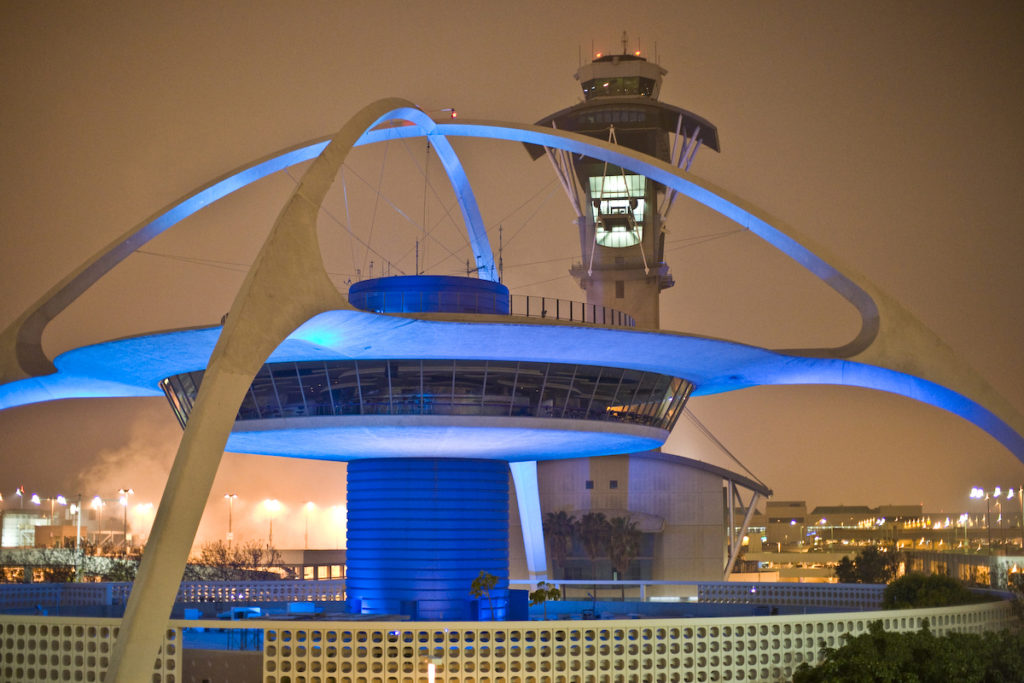
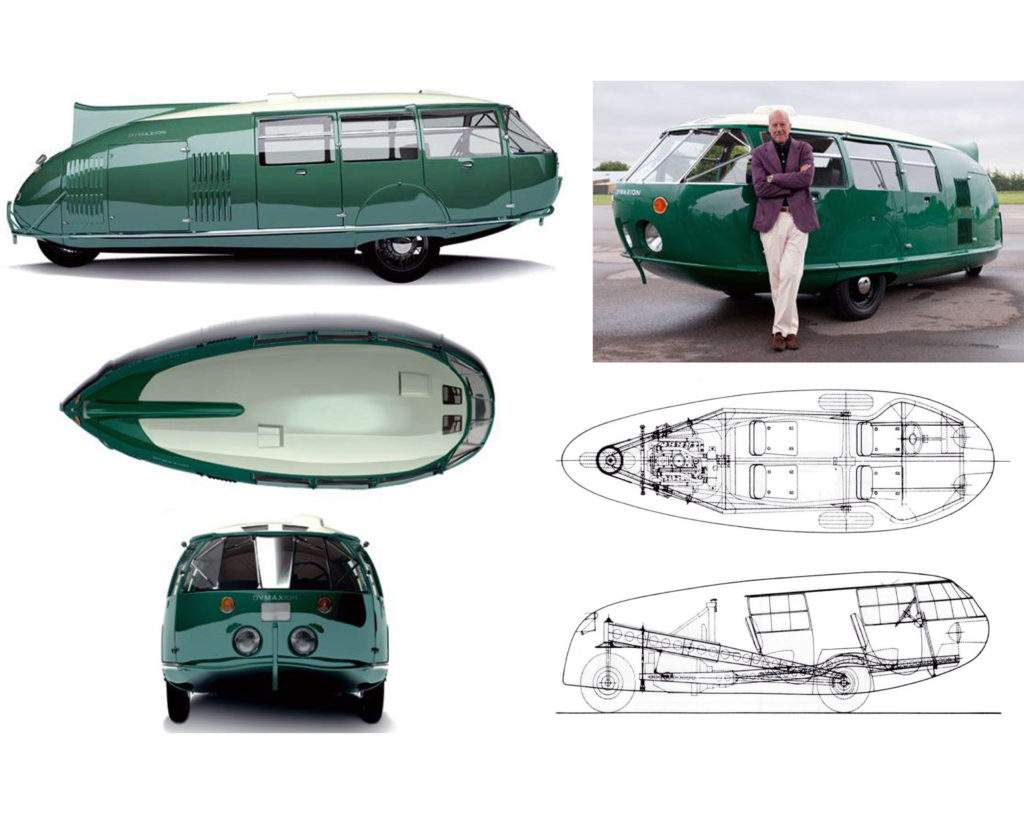
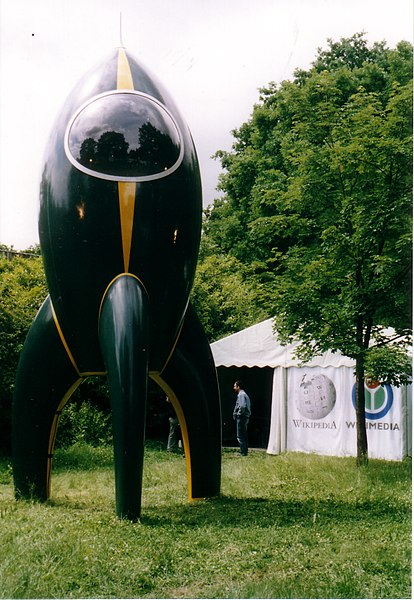
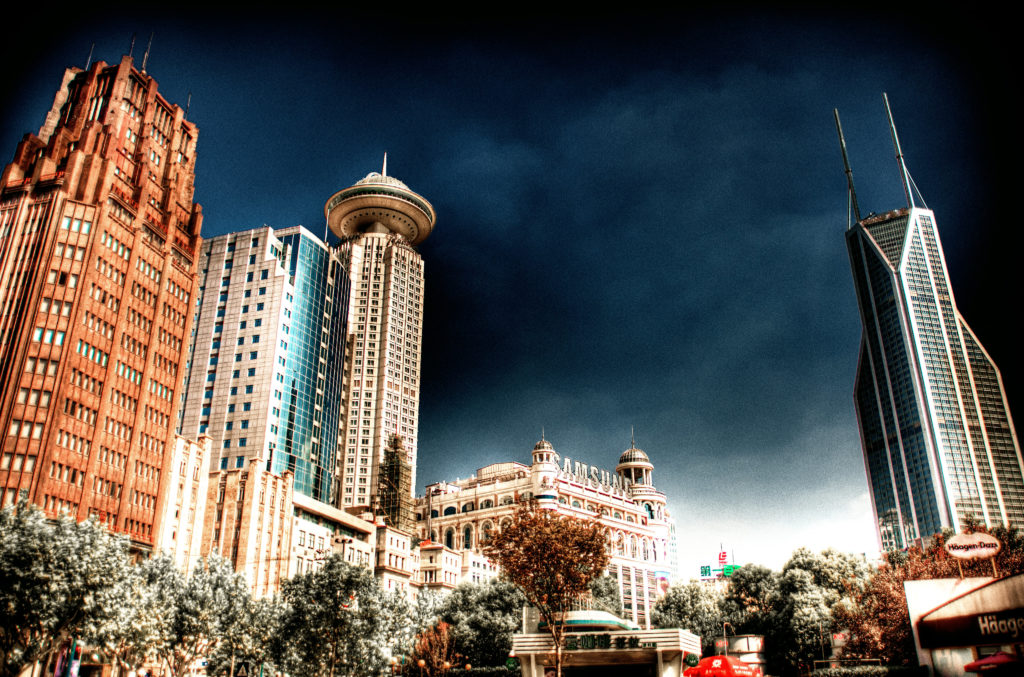
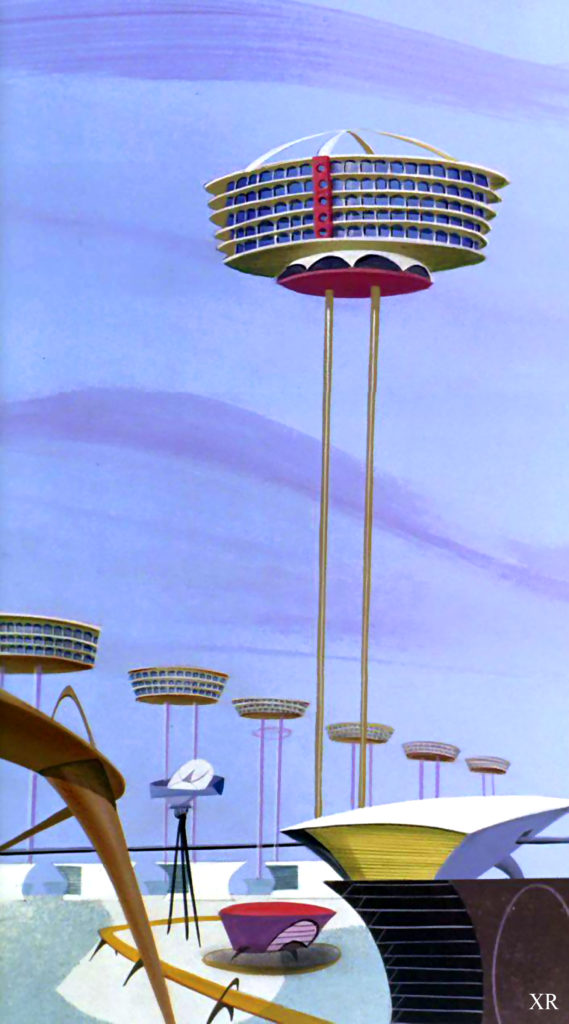
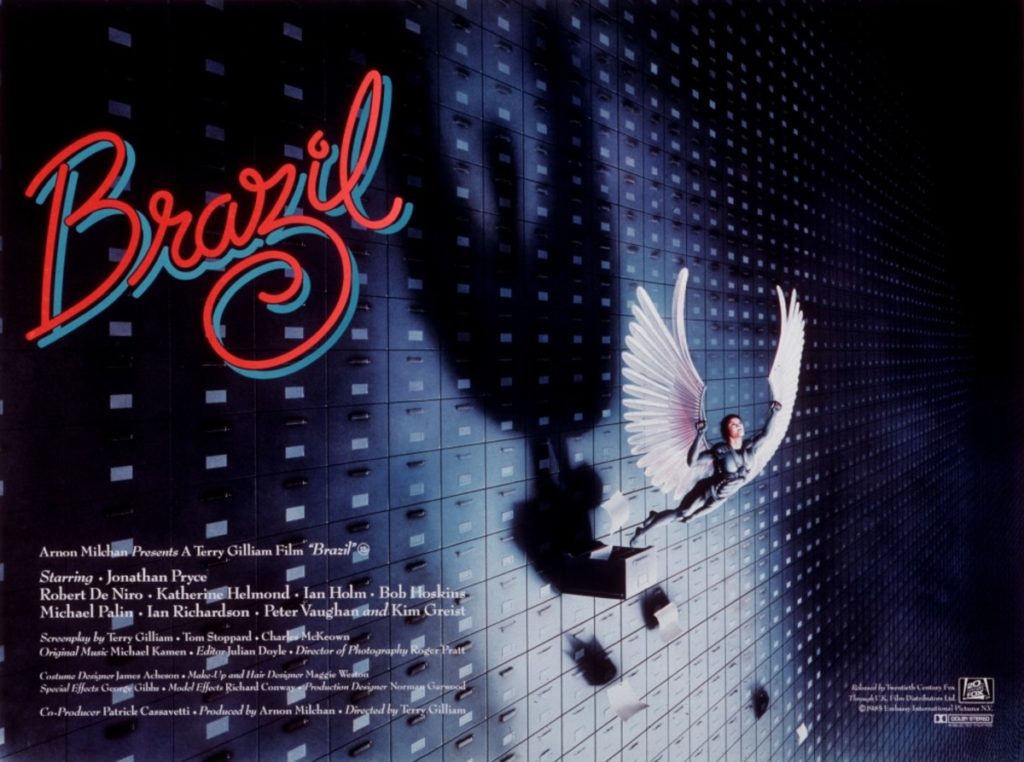
1 Comment. Leave new
[…] Aesthetic Exploration 2020: Retrofuturism […]